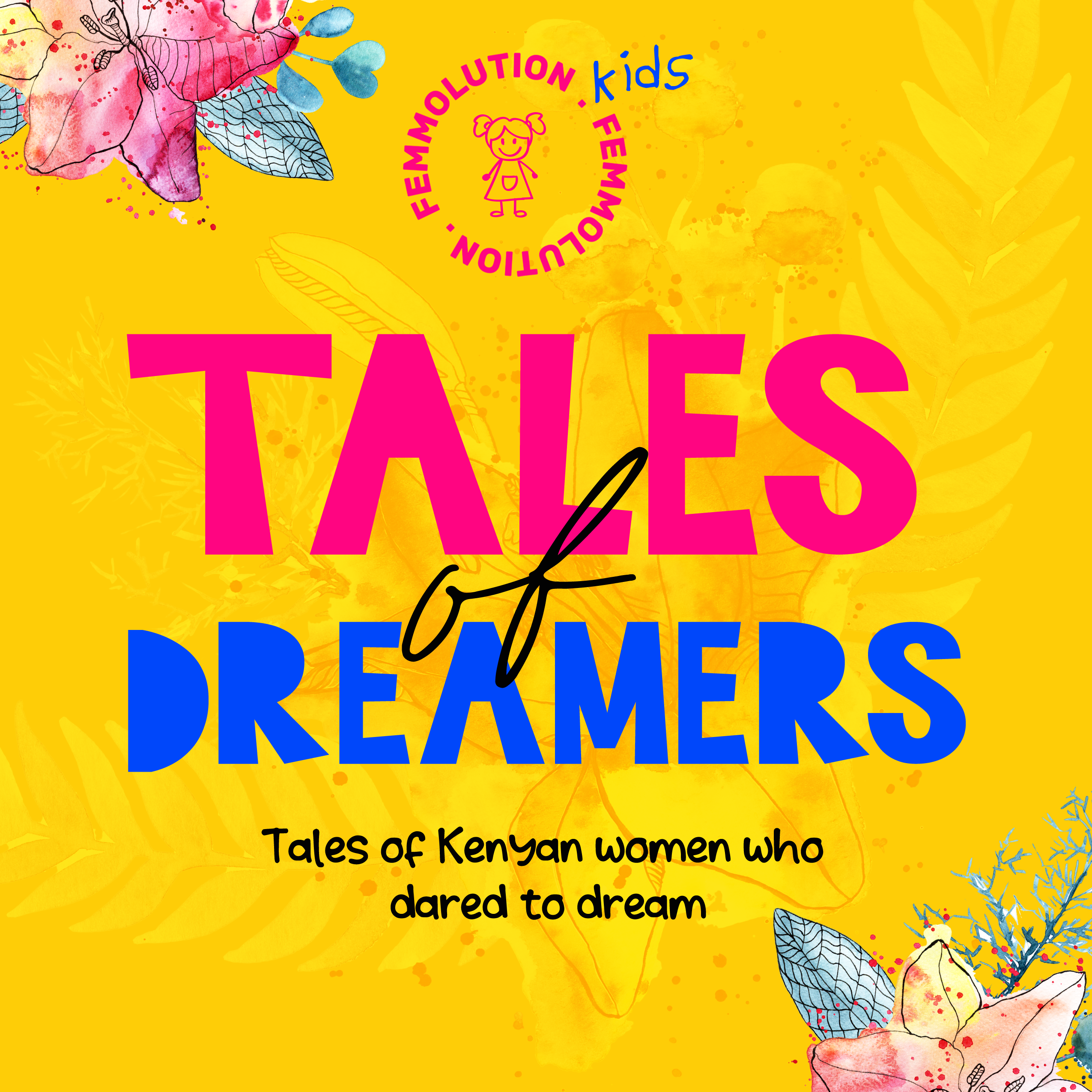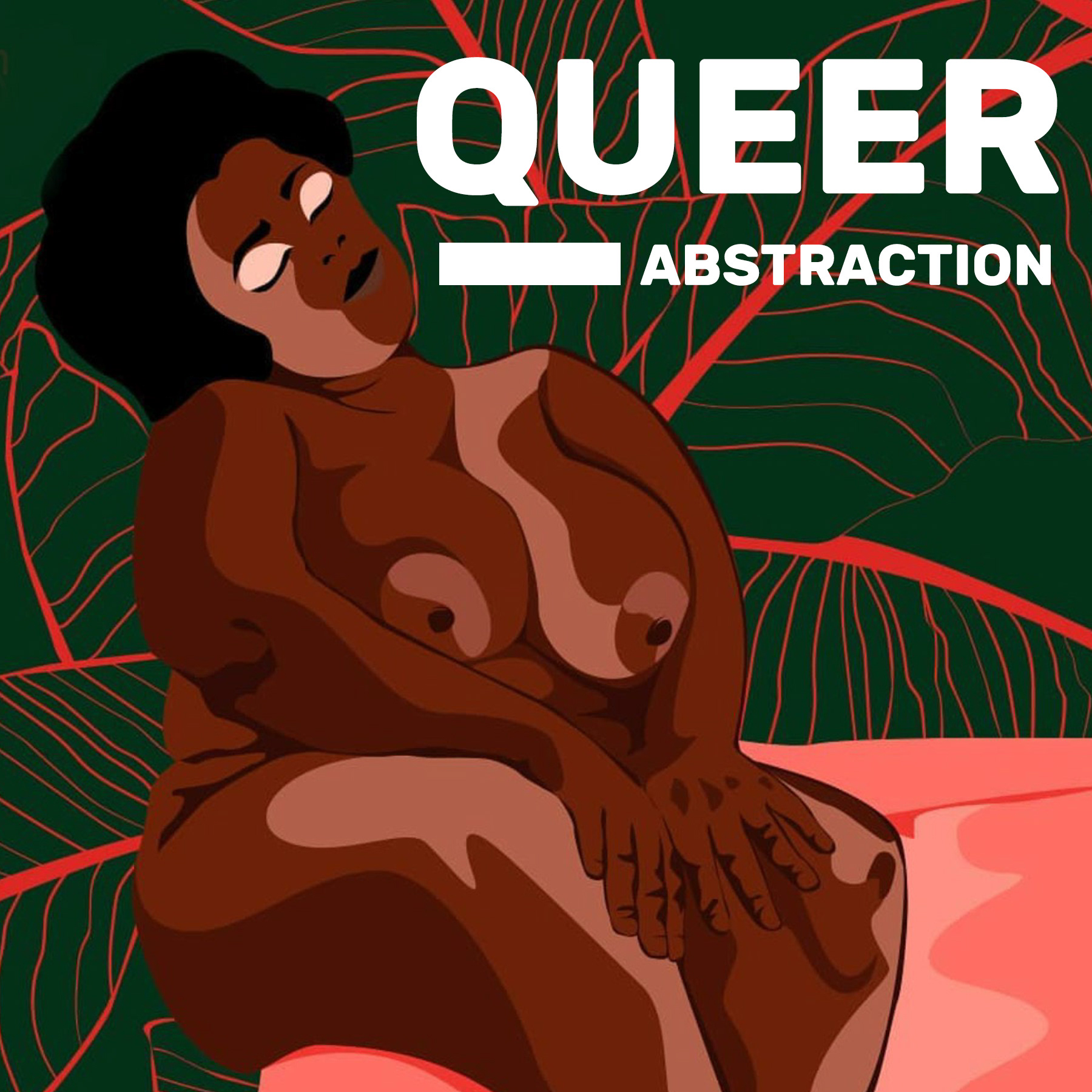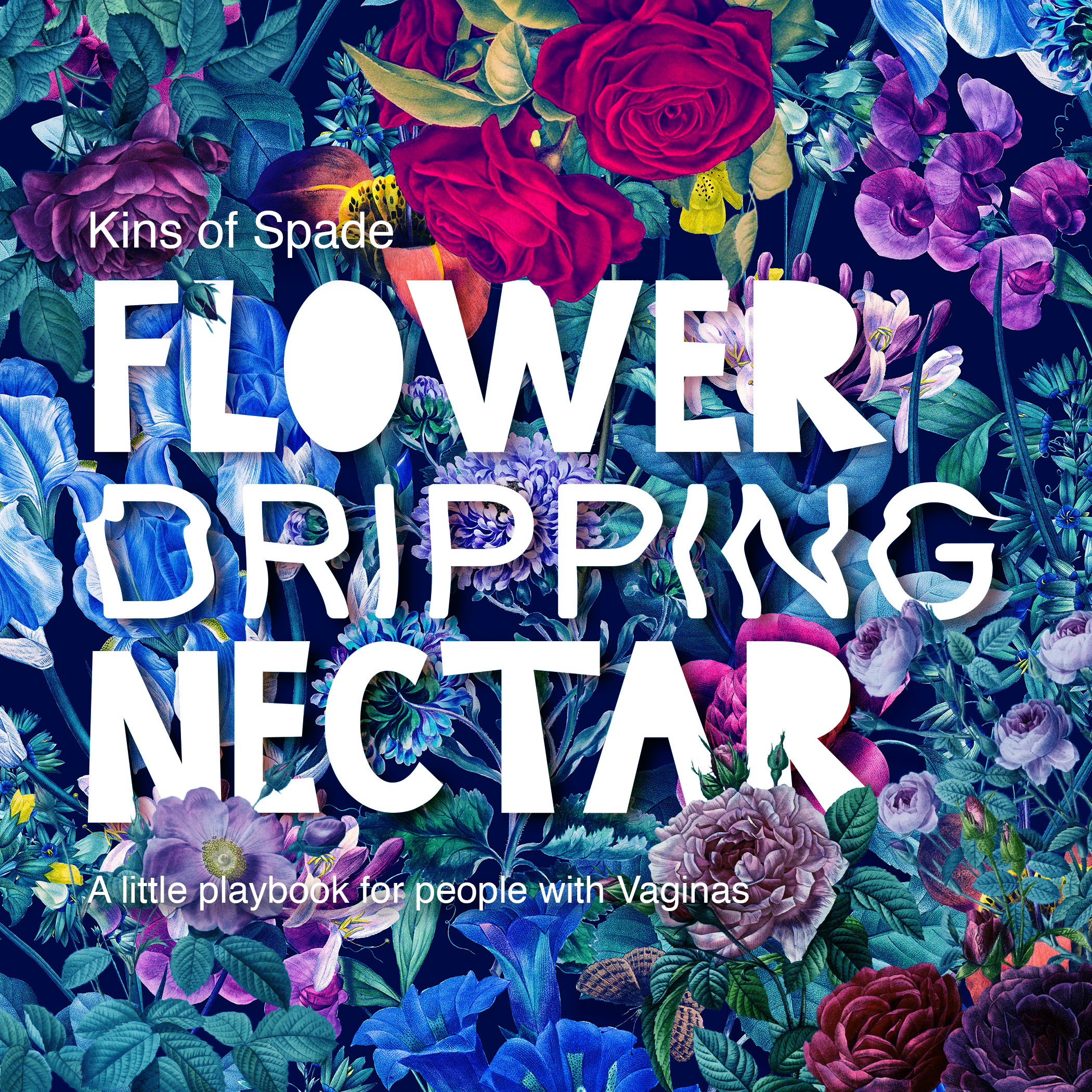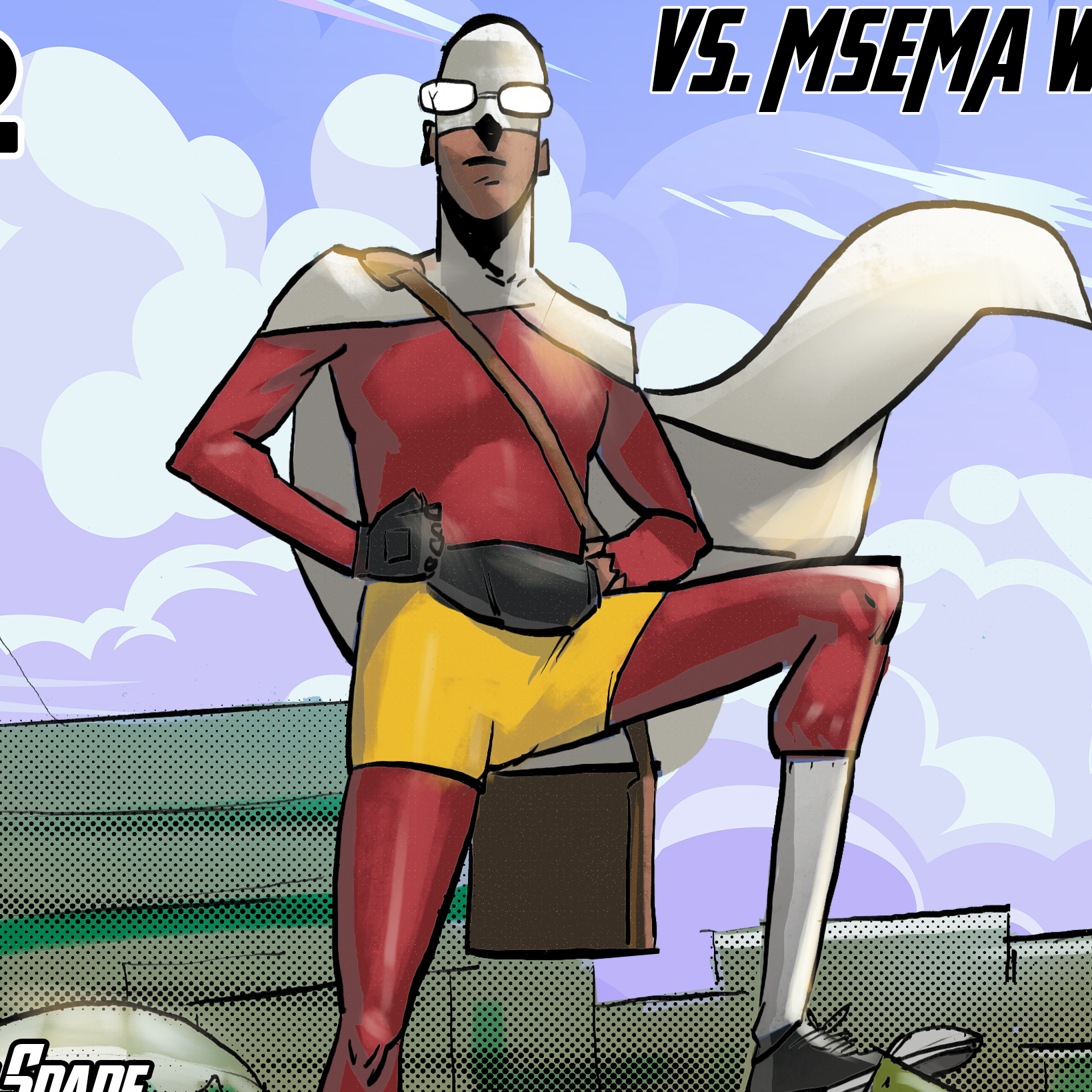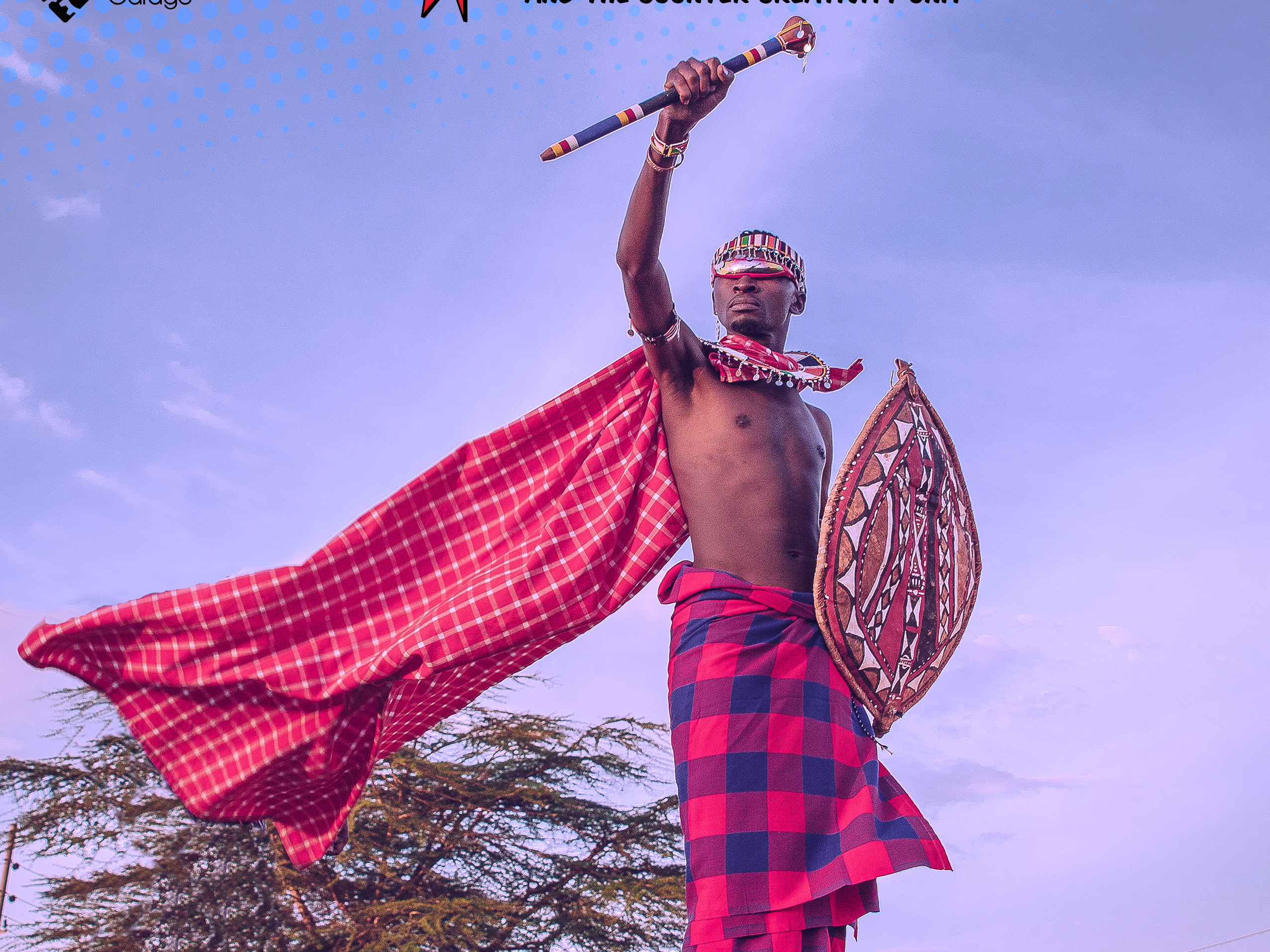When my now-teenage daughter was a child, I loved reading to her. It was our special thing we did every evening before she slept. I read Roald Dahl, Dr. Seuss, Stories for Rebel Girls, children's versions of Shakespeare, and every other book I could get my hands on. However, every time I did this, I kept wondering why we had so few Kenyan children's authors. The same was true for TV content.
So, I partnered with the Goethe Institut and conducted a study on children's content in Kenya. The findings were sad but not surprising.
After conducting this research, I decided I needed to do something about it. I had written for adults throughout my career and had never ventured into children's books, but I decided to give it a try.
I first wrote Kwame the Giraffe and Being Tanu and published them. My daughter loved them, which encouraged me to keep writing for kids. I figured if Roald Dahl could write for both adults and children, so could I. To date, I have 16 titles, most of which are now on their fifth print run. Some of the books have an animated version as well.
This book is so special to me. It reminds me of my dad and his pickup truck, and all the adventures we had in Ukambani when we were young. It brings back memories of sitting in the back of the pickup, from Nairobi all the way to Yatta, with the wind blowing (surprisingly, we never got sick). I remember the countless times we got stuck in the mud and had to push it out. Long after my dad passed away, that pickup became a school bus for years, and later, it was spotted in the Maasai Mara area—still kicking.
This was the first children's book I ever wrote. It’s about a giraffe who believes he is a lion, and even though everyone laughs at him, he continues to believe in himself. One day, when his home faces adversity, he gets the chance to save everyone. Most days, I feel like Kwame—doing things that the people around me may not understand or trust the process. But just like Kwame, I hold onto my dreams and ideas.
Being Tanu is about embracing being different and showing that it doesn’t matter if you are different in the world—you just have to be yourself. This was my second children’s book.
A few years back, while I was in high school, my sister’s friend—whose parents owned a matatu—dared me to be the tout for one trip. I took up the challenge. It was the hardest thing I had ever done, especially considering that in the '90s (yes, I’m that old), we didn’t have female touts in Kenya. I moved from one customer to the next, collecting money and getting stares of disbelief from the passengers. I finished collecting the fare, handed it to my sister’s friend, and vowed never to do that again.
A few years later, as I was thinking about what to write, that experience came to mind and inspired me to rethink that time. Ayanna the Makanga is that story.
The Misadventures of Truphena is a hilarious story about Truphena and her farm animals. I plan for this to become a series, but currently, we only have the version where she tries to catch a chicken for dinner but is outsmarted.
Maua and the Dancing Tribes of Kenya is an enchanting animated short story that takes viewers on a captivating journey of exploration into the rich tapestry of traditional Kenyan dances. The story revolves around Maua, a young girl with a deep passion for dancing.
This is one of my favorite children's stories. Mama Onyis, by day, is a fishmonger in Nairobi, and by night, she is tasked with protecting Nam Lolwe (Lake Victoria). Mama Onyis is an inspiring animated film that centers around a woman who shares a deep bond with her home, Lake Victoria. The story unfolds when the lake's ecosystem is endangered by a private developer named Bwana Mafisi. In her quest to protect the lake, Mama Onyis discovers a hidden power within herself, empowering her to save the precious ecosystem.
When my daughter Jebet was young, she loved to run. She would make me stop the car near our house so she could run home. I wrote this to inspire her. She doesn’t like to run anymore, but I’m glad she had this phase in her life.
Growing up, Mzee Ndoto was our farmhand in the village who loved to cook, especially chapatis. His chapatis were legendary, and I loved hanging out in the kitchen with him as he made his signature square chapatis. I have no idea where Mzee Ndoto is now, but I hope he’s still making his amazing chapatis.
This is a story about the effects of plastic on our environment and how it is everyone's responsibility to clean up the environment and make it a better place.
Wamuyu and the Magical Clothes is about how one girl saved her village by upcycling clothes that would have otherwise ended up in a landfill and polluted the village's water. It highlights the effects of fast fashion on our communities and how we can make a difference by taking action.

